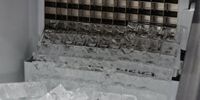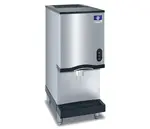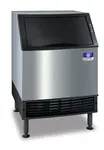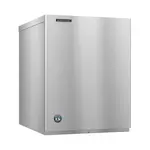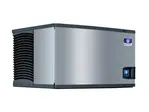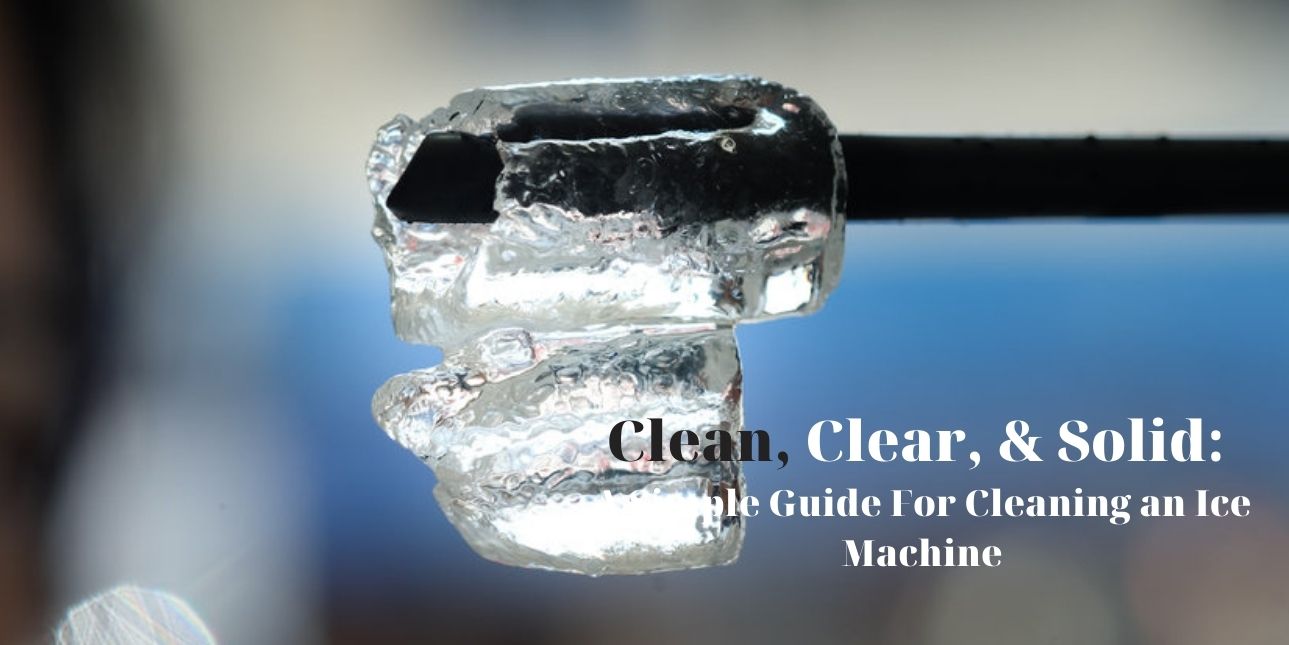
Ice machines are important components in a restaurant, bar, hotel, and cafe’s arsenal of equipment. Despite their near-constant use at the establishment, several businesses wait until equipment malfunctions to clean their ice machine. Since the FDA considers ice a food item, not cleaning an ice machine can result in hefty penalties from the health authorities. Cleaning commercial ice machines must be a regular task carried out by restaurants to ensure they serve clean, safe, and hygienic ice to their customers.
Leaving an ice machine dirty will lead to the build-up of hazardous waste, and even increase the risks of microbial contamination that can cause food poisoning. Most procedures for cleaning ice machines involve a detailed process that we help you with in this article. We walk you through each aspect of cleaning ice makers, so you have a unit that is squeaky clean and clears every test of sanitation and food safety upon inspection.
When Should You Clean Your Ice Machine
All ice machines should be cleaned thoroughly at least once every six months. However, you can move it up in your schedule, if you notice some signs that suggest your ice maker is due for deep cleaning. Some of them include:
- Your ice machine takes excessively long periods to produce ice
- Cloudy and dirty ice
- The machine produces ice that smells odd or has an odor
- Poor and erratic condenser cycling
- Ice cubes produced are incomplete
High-quality ice is clear, clean, and shapely. If you see aberrations in ice quality in repeated cycles, you should consider cleaning the ice machines that serve at your establishment.
Important Tips before You Begin Cleaning an Ice Machine
Here are some essential tips to help you out before you begin sanitizing and cleaning ice machines at your establishment:
- It’s important to follow all the instructions mentioned by the ice machine’s manufacturer when cleaning an ice machine.
- Use cleaning and sanitation products that have been recommended by your ice machine’s manufacturer.
- Wear personal protective gear like safety glasses, gloves, and cleaning aprons when you’re handling cleaning and sanitation solutions.
- Make sure you understand all the movable and immovable parts in the ice machine. A failure to understand the unit will lead to confusion and a potential malfunction of the ice machine.
- Separate the cleaning products and use them at different intervals to avoid chemical reactions and subsequent damage to the unit when cleaning an ice machine.
- Don’t forget to test and assess water quality at your establishment in case the ice machine runs into frequent problems. Chlorine and calcium tests will help you understand if the water supply to your establishment is hard. Hard water can cause scale build-up in the internal parts of your ice machine and lower its operational lifespan.
Simple Steps to Follow When Cleaning Ice Machines
Though each manufacturer might have varying sets of instructions for cleaning their product, most models have a similar process. Here’s what you need to do when cleaning commercial ice machines:
- Remove all the ice from the ice bin before you begin cleaning your ice machine. You can turn off the power once you have collected the ice following a harvest cycle, or you can cut the power to the machine and allow all the ice within to melt.
- Since most models of ice machines come with a clean or wash option in the main controls, be sure to select the option on the panel so the machine flushes water through the inner sections.
- The ice machine will then prompt you to add a cleaning solution. Follow the instructions given in the manual, and add the prescribed amount of cleaning agents to the trough in the ice machine after it has been refilled with water.
- Once you have added the cleaning agents, allow the cleaning process to continue. This should take anywhere between 20 and 30 minutes based on the ice machine model you possess.
- After the cleaning process is completed, shut off the power to the ice machine so you can take apart the internal components of the unit for a thorough cleaning. This is where the real process of cleaning a commercial ice maker begins.
- Take about 16 ounces of cleaning solution and about a gallon of lukewarm water to prepare a dilute solution. The ratio of cleaner to water remains the same even for higher volumes. In case your ice machine’s manual suggests a different ratio, follow the ratio mentioned in the manual. In case there’s more gunk and mineral buildup, you will require a stronger solution when cleaning ice machines at your establishment.
- Use the prepared cleaning mixture to clean the removed parts of the ice machine. You can use a soft brush and cloth to remove stubborn deposits. Most mineral scales and deposits foam and come off when they come in contact with the cleaning solution.
- Clean the ice bin and other surfaces of the ice machine with a cloth dipped in the cleaning solution to remove debris and deposits.
- Rinse all the surfaces cleaned with the agent using clean water. Rinsing with water will ensure the ice produced will not become contaminated with chemicals present in the cleaning solution.
- Don’t forget to clean the ice machine’s water filter when you’re cleaning the ice machine. Remove the scale, dirt, and debris from it, and in case it’s too far gone, replace the filter with a new one so your ice machine gets a clean supply of water.
- Once you have finished cleaning the internal components of the ice machine and ice bin, it becomes necessary to clean the external parts of the ice maker.
- Remove all the dust and dirt from the external surfaces of the ice machine using a damp cloth. Avoid using brushes and abrasive tools to clean the external parts when cleaning ice makers, lest you risk scratching them.
- Use mild dish soap solution to clean stubborn stains and greasy residue to give your ice machine a shiny finish.
- Clean the surroundings of the ice machine. Since most contamination occurs from the immediate surroundings, it’s important to keep the area around the ice machine sanitary.
Easy Steps to Help You Sanitize An Ice Machine
Once you’re done cleaning ice machines in your establishment, it’s important to ensure they’re sanitized. Sanitizers reduce the bacterial and pathogenic presence in the ice machine, ensuring you serve ice that is safe to consume. Here’s how you can sanitize your ice maker:
- Prepare a dilute sanitizer solution by mixing 2-3 ounces of ice machine sanitizer fluid with 3-4 gallons of water.
- Use one half of the solution to sanitize all the internal components of the ice machine, and use the other half to sanitize the ice bin and other surfaces of the unit.
- Do not rinse or wipe down these parts again with water after you have sanitized them.
- After you replace the parts within the ice machine, leave it unplugged for about half an hour.
- Restore power to the ice machine and allow the water troughs to fill up. Allow the icemaker to run through at least two harvest cycles. Note down the time taken for each cycle and the quality of ice. Discard the ice from the first two cycles, and use the ice from the third cycle to begin serving customers.
Cleaning an ice machine not only improves its performance but also enhances its operational lifespan. If you’re looking to provide the best service to your customers at your establishment, don’t miss out on scheduled maintenance and cleaning for all your ice machines. You can also refer to our bar equipment buying guide to further enhance your establishment’s capabilities.

